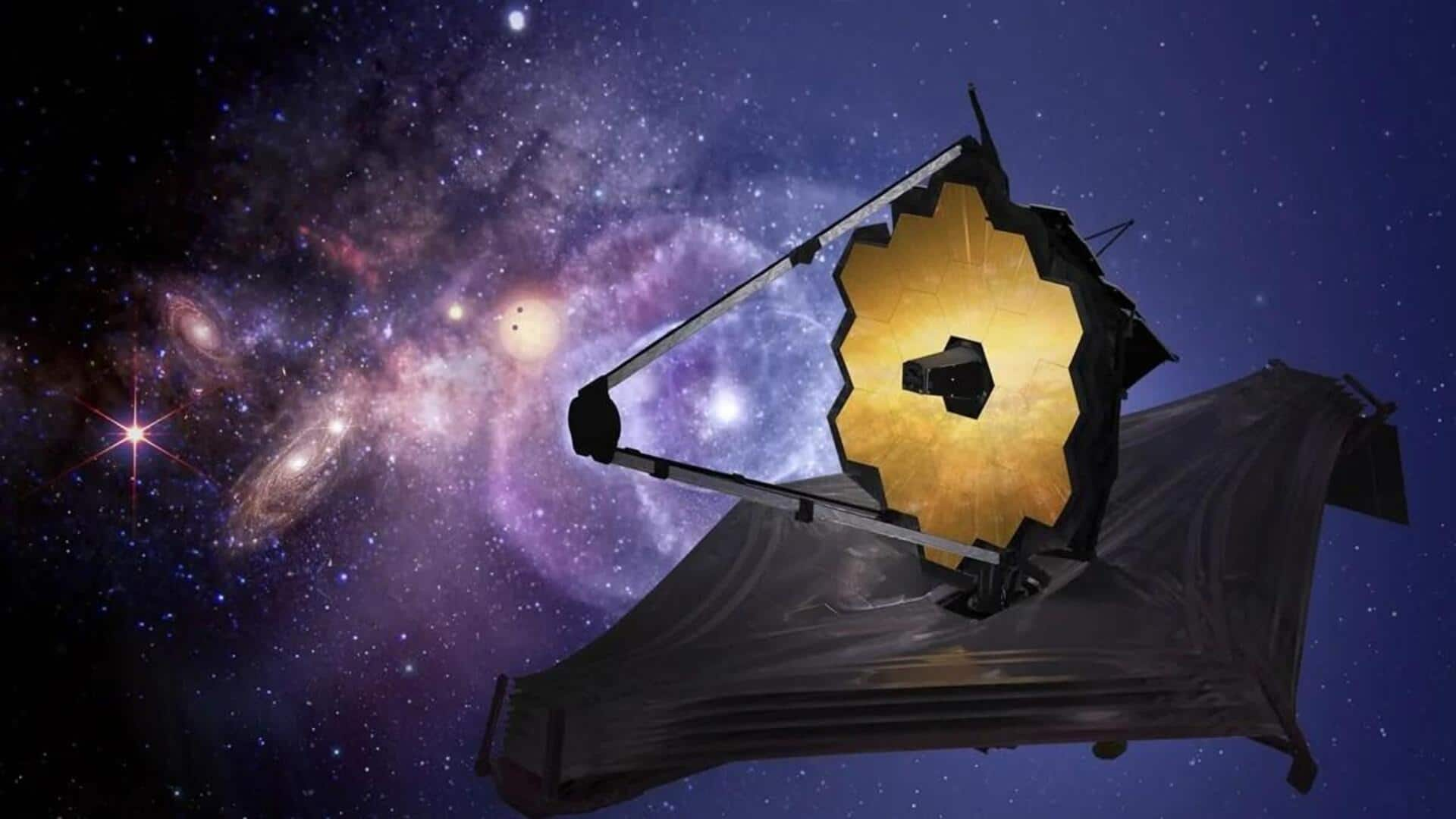
Are we alone? JWST could spark revolution in exoplanet studies
What's the story
A recent study by The University of California has revealed that the James Webb Space Telescope could aid in detecting extraterrestrial activity. The research identified artificial greenhouse gases, including fluorinated versions of ethane, methane, and propane, which could indicate a terraformed planet. Lead author Edward Schwieterman stated that finding these gases would be "jaw-droppingly amazing." These gases are not naturally occurring in large quantities and their detection could signify intelligent life forms.
Indicators
Artificial gases could indicate alien civilization
These artificial gases, which can persist for up to 50,000 years in Earth-like atmospheres, will produce an infrared signature on terraformed planets, that the JWST could detect. While scientists have not quantified the likelihood of finding such gases in future missions, Schwieterman suggests there's a chance of detecting them during currently planned missions. The study also examined the European LIFE mission's capability to detect these fluorinated gases.
Prospects
How detecting gases will indicate presence of life?
Explaining how artificial gases will indicate the presence of life, Schwieterman said, "[They'd] be good for a civilization that perhaps wanted to forestall an impending ice age or terraform an otherwise-uninhabitable planet in their system, as humans have proposed for Mars." Since such gases don't occur naturally in large quantities, they have to be manufactured. Hence if they are found, it will indicate the existence of intelligent life forms using technology.
Space advancements
Next-generation telescopes: A new era in space exploration
The European LIFE mission, unlike the JWST, could directly image planets using infrared light, thereby targeting more exoplanets. Daniel Angerhausen, a collaborator on the study from the Swiss Federal Institute of Technology/PlanetS, emphasized the significance of this development. He stated, "We are the first generation in history that has the technology to systematically look for life and intelligence in our galactic neighborhood," highlighting the power of next-generation telescopes.